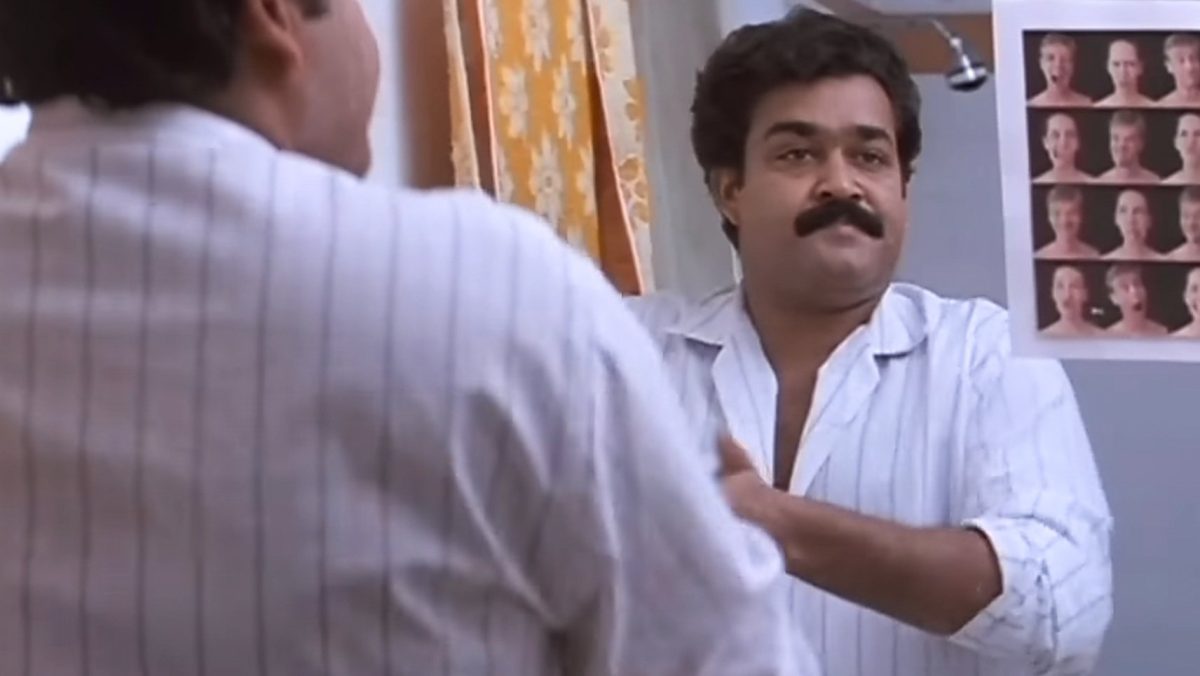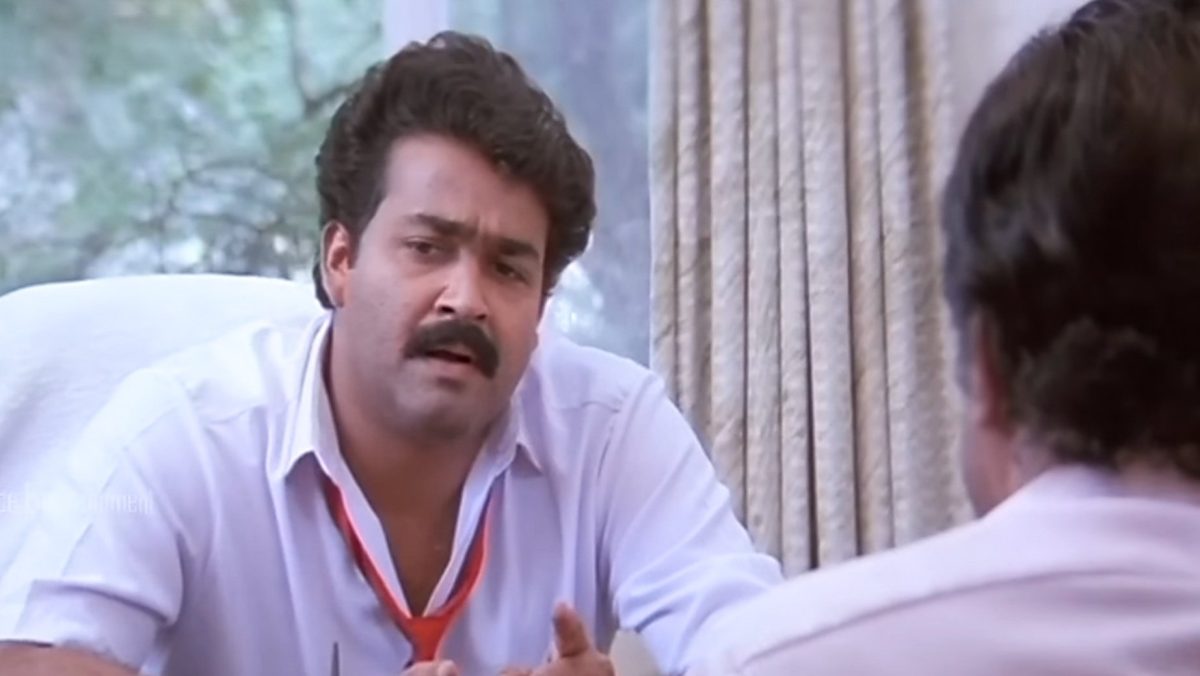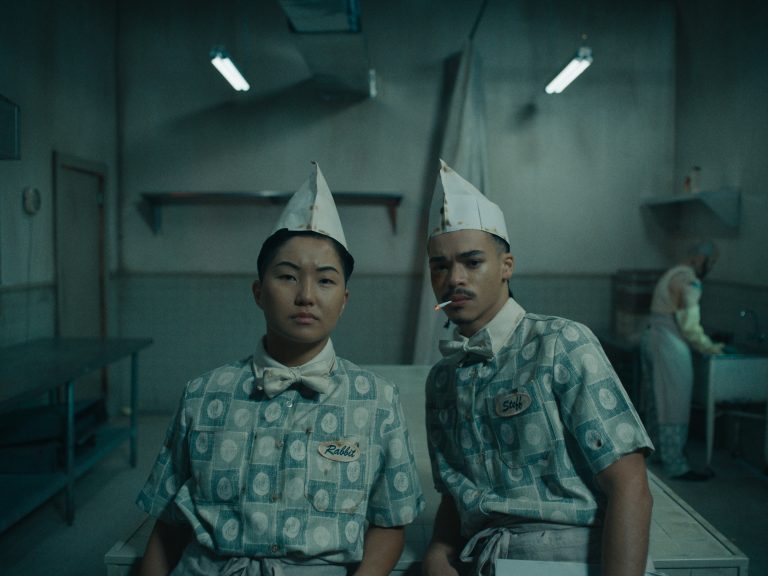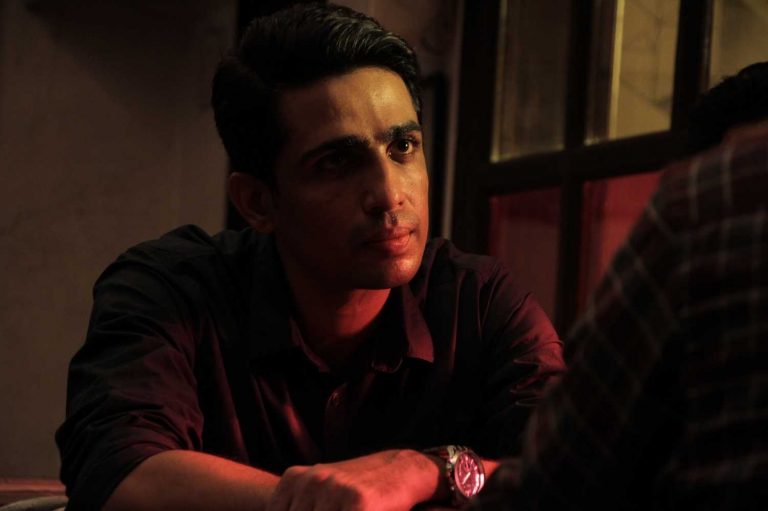“We think sometimes that poverty is only being hungry, naked, and homeless. The poverty of being unwanted, unloved, and uncared for is the greatest poverty. We must start in our own homes to remedy this kind of poverty.”
– Mother Teresa
When I revisited the Malayalam movie “Aham,” which is one of the most emotionally difficult films to watch, this is the quote that instantly came to my mind. This time, I could only empathize with the protagonist Siddharthan, beautifully portrayed by Mohanlal. It is safe to say that he truly represents the essence of a complete actor, and this one movie alone is enough to prove it.
The movie is directed by Rajeevnath, who is a national award–winning film director in Malayalam. He has directed movies like “Thanal,” which earned him the Kerala State Film Award for Best Director. Other films in his filmography include “Theerangal,” “Kaveri,” “Kadaltheerathu,” and more. The director has wonderfully captured the nuances of the human mind.
A rather brilliant storyteller, Rajeevnath successfully takes the viewers deep into the fragile layers of human emotions, portraying how loneliness, love, and the need for acceptance shape one’s sense of self. In “Aham,” he crafts not just a film but a psychological portrait of a man trapped within his own mind, making the audience feel both empathy and discomfort at the same time. When I watched it the first time, I was too young to comprehend such complex emotions.
Now, revisiting the film, my heart aches with every layer of relatable emotion, moments I have experienced myself, and emotions that many of us might have faced at some point in our lives. This is where the story becomes both haunting and deeply empathetic. Siddharthan is a victim of his own thoughts, descending into lunacy not through external forces but through his inability to control or fully understand his delusional mind. Watching his struggle, we cannot help but feel the terrifying thought of what if we slip into this world of madness one day? Will anybody ever understand?
The Storyline With No Plot Holes and a Brilliant Execution
What truly stands out is the director’s profound understanding of the human psyche — the depth of psychological insight evident in every frame suggests meticulous research and an empathetic grasp of human emotion, something rarely seen in many of today’s new-generation films. The music by Shri Raveendran Master is both haunting and tender, perfectly mirroring Siddharthan’s melancholy.
The lyrics, penned by Shri Kavalam Narayana Panicker and Shri Koniyoor Bhas, add poetic richness to the score. All five tracks, rendered in the soul-stirring voice of Shri K.J. Yesudas, elevate the emotional fabric of the film. The compositions are deeply moving, yet it’s the lyrical beauty and poetic resonance that truly linger long after the music fades.
Coming to cinematography, some of the best work in the movie is the collaborative effort of Shri Santosh Sivan and Venu, which also earned them the Kerala State Award for Best Cinematography. One of my favourite scenes, which perfectly captures the shift of the actor, uses psychedelic lights. Upon further research, I learned that when Siddharthan sees these lights, he smiles, and that inappropriate smile immediately signals that something is wrong. He is abnormal, trapped within his own mind.
Later, we see how his conversations with Renjini, played by the legendary actress, Urvasi, the camera focuses closely on both of them, using close-ups and framing that keeps their interaction intimate. The lighting and settings of these scenes highlight the emotional connection between them, making it feel warm and personal, while contrasting with the coldness of his disturbed mental state elsewhere. Through these techniques, the film doesn’t just show us what Siddharthan does; it lets us see how he experiences the world, making his pain and struggle deeply palpable.

Also Read: 20 Must-Watch Malayalam Movies to Stream on JioHotstar
Now this movie is a collective effort of brilliant performances, small or big; they were natural and realistic. This is particularly noteworthy because the setting is a mental asylum, yet actors like Nedumudi Venu, Maniyanpilla Raju, and Jagathi Srikumar never cross the fine line between authentic portrayal and overacting. The balance they maintain is subtle and commendable. Supporting actors such as Neena Gupta, Remya Krishnan, Vijayaraghavan, and others also shine in their roles, contributing beautifully to the narrative without ever feeling intrusive.
A Breakdown of the Story and Dialogues That Stay
The plot of “Aham” is deeply painful, exploring the weak and tormented mind of a man trapped within his own thoughts. The film opens in a mental asylum run by Mother Nobble (Neena Gupta). We get glimpses of various patients there, and Siddharthan is referred to as “Swami,” as he is always dressed in ‘kaavi vesham’ (the saffron-colored robe).
Soon, we see Sister Nobble’s cousin, Miriyana Varghese, arrive as part of her research project titled “Artistic Expression of the Mentally Ill.” As part of her study, she begins to spend time with Siddharthan, observing his behavior and creativity. However, when Sister Nobble notices their growing closeness, she warns Miriyana to maintain boundaries and not to awaken Siddharthan’s vulnerabilities. She also sends Miriyana to consult the doctor who had studied Siddharthan’s mental condition.
The doctor hands over recordings taken while Siddharthan was under hypnosis. What Miriyana hears leaves her stunned, as it reveals the tragic story behind his unsettled mind. The film then shifts to a flashback, retracing Siddharthan’s life from childhood to the point where his mental health completely collapses. Siddharthan, a bank manager, is a man obsessed with perfection, someone who wants every detail in life to align with his rigid beliefs. He expects people around him to adapt to his way of thinking. Deprived of parental affection and burdened with resentment toward his father, he grows into a narrow-minded and distrustful individual.
His marriage to Renjini exposes the cracks in his personality. Siddharthan’s insecurities and paranoia start to surface when one day he meets one of her friends, played by Suresh Gopi. What begins as a casual introduction soon fuels his obsessive mind with suspicion. He starts imagining the worst possible scenarios, quite obvious ones, doubting Renjini’s loyalty, interpreting her every word and action as deceit. When Renjini gifts him his favorite red tie for his birthday, what was meant as a loving gesture turns into something dark in Siddharthan’s mind.
He convinces himself that the money for the gift must have come from immoral means, even accusing her of prostitution. In a moment of uncontrollable rage, he tells her, “A woman who doesn’t work and doesn’t take help from her husband will end up in prostitution.” Their argument escalates, and in a fit of anger, he pushes Renjini, causing her to fall, an accident that leaves her in a coma.
The acting of our beloved Mohanlal in the scenes where he speaks to Renjini, who lies in a coma, is nothing short of heartbreaking. When he says, “Njan ippo Dettol upayogikkarilla, ninte soap aan upayogikkunnath,” (I don’t use Dettol to bathe now, I use your soap) or gently murmurs, “Chaya tharatte mole,” (Can I give you tea, dear), you can feel his pain and guilt seeping through every word.
He no longer uses Dettol, only her soap; he no longer drinks milk, but tea, just like she used to. These small details make his grief unbearably real. Despite everything he is, everything he’s done, and everything he’s become, I couldn’t help but feel for him. At that moment, all I wanted was to reach out, give him a hug, and offer the love he’s been yearning for all along.
During this period, he meets a woman from his past, probably college days, to whom he never had the courage to confess his love. While Renjini is in a coma, Siddharthan also grows close to Vimala, the woman he always loved out of mere lust. Later, Siddharthan’s life spirals into complete isolation and is haunted by guilt and regret. He begins to lose grip on reality, slowly slipping into delusions where he starts imagining the presence of his dead wife, Renjini. Her voice becomes an echo in his mind, guiding his every move and feeding his guilt and obsession. Lost in this world of illusions, Siddharthan mistakes hallucinations for truth.

Must Read: 35 Best Malayalam Movies of All Time
Under the influence of these delusions, he murders Vimala, who was also pregnant with his child, believing he is carrying out Renjini’s command. But in reality, it is not Renjini’s spirit speaking to him; it is his own fractured mind taking control. The act becomes the final breaking point for Siddharthan. The boundaries between guilt, love, and madness completely dissolve, leaving him imprisoned within his own conscience. Cut to the present day at the asylum, sister nobble tells Siddharthan how he should help Miriana get married to the boy she likes, and we see a decorated church and the marriage of Miriana and her boyfriend, where Siddharthan is seen happy.
In the final scene, we see Siddharthan in conversation with Renjini, or rather, with the memory of her that lives within his mind. His monologue here carries a haunting weight, as he pours out his pain and resentment, accusing her of betrayal while admitting that she was the only person he ever truly loved and who loved him. The raw emotion in his words leaves us feeling both empathetic and devastated. As the scene fades, it appears as though Siddharthan walks away with Renjini, finding the peace he longed for. But reality strikes hard, the camera shifts to reveal his lifeless body hanging near the church outside the asylum.
“Aham” is a story that is painful and gets etched in your mind forever. It’s not just about a man’s descent into madness, but about how fragile a human mind is when it’s not treated with love and the care it deserves!. Every frame, every dialogue, and every silence carries a weight that lingers long after the film ends. It leaves you reflecting on how easily the line between sanity and obsession can blur, and how beneath all that pain, there still exists a desperate longing to be loved and understood.
A Psychological Study on Siddharthan’s Character
Many people grow up with a loveless childhood. Even as adults, they carry some kind of deep, unfathomable void within them. Siddharthan is a perfect example of what a traumatic childhood can do to a person. He shows clear signs of mental struggle through two distinct patterns, according to what I have understood, which are the Obsessive-Compulsive Disorder (OCD) and Othello Syndrome, both of which shape his personality and slowly push him toward destruction.
Siddharthan’s life revolves around rigid routines and an obsession with perfection. He eats the same food every day, follows the same schedule, and expects everyone around him to act according to his rules. His obsession with order and control is evident in the smallest of things, like in the movie, he repeatedly checks if he has shaved properly, even though his face is already clean. That constant doubt, that uneasy feeling of something being “not right,” defines his behavior. It’s the classic symptom of OCD, where compulsive checking and repetitive habits become ways to cope with anxiety.
His control doesn’t stop at himself; it extends to others, too. He sets alarms to monitor his employees, ensuring they don’t take long breaks, and even cuts their salaries if they do. At home, he insists that his wife, Renjini (played by Urvashi), wear a sari whenever she goes out. Everything has to be his way. His entire world runs on rules that cannot be broken.
Then comes the darker side of his psyche, the Othello Syndrome, also known as delusional jealousy. Siddharthan’s suspicion toward Renjini is irrational but all-consuming. After meeting one of her friends (played by Suresh Gopi), he begins to imagine the worst. His mind spins stories out of nothing. As mentioned above, a gift of a red tie becomes a symbol of betrayal in his eyes. He goes so far as to accuse her of prostitution. Not just that, he beats up her friend for no reason. This is not love anymore; it is obsession tangled with insecurity and paranoia.
There are many layers to the character of Siddharthan, perhaps even beyond my complete understanding, something that would need deeper research and study. However, the film remains well worth watching, if only to observe Mohanlal’s nuanced portrayal of Siddharthan and the quiet depth he brings to the character’s pain and contradictions. He manages to evoke empathy for Siddharthan while also confronting us with the flaws that make him difficult to like — a balance that few actors could sustain with such restraint and precision.





![Lucy in the Sky [2019]: ‘TIFF’ Review – Never Takes Off](https://79468c92.delivery.rocketcdn.me/wp-content/uploads/2019/12/Lucy-in-the-Sky-768x512.jpg)


Brilliant